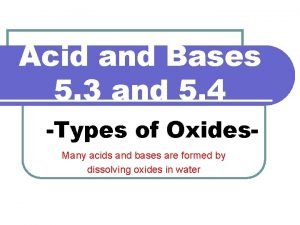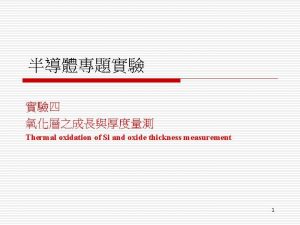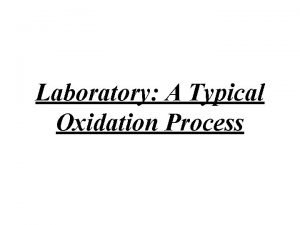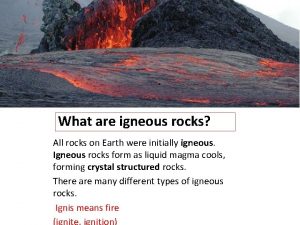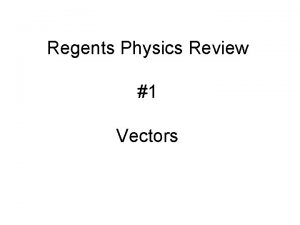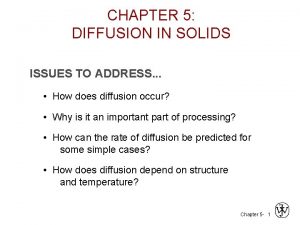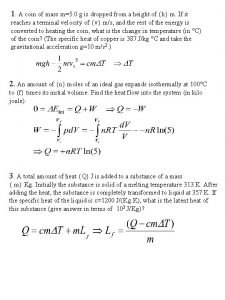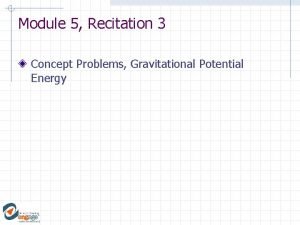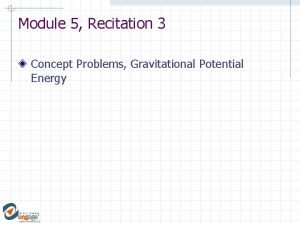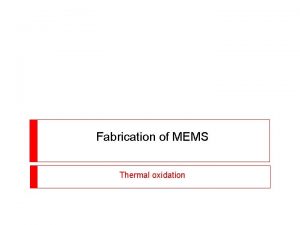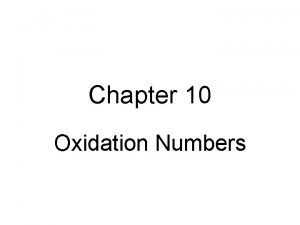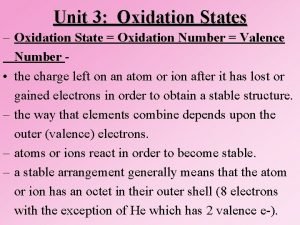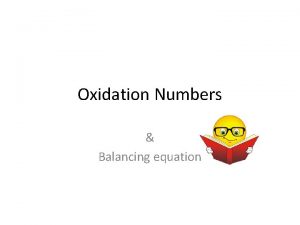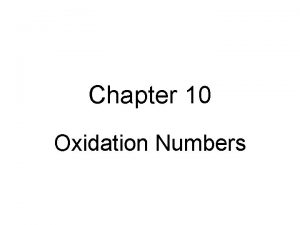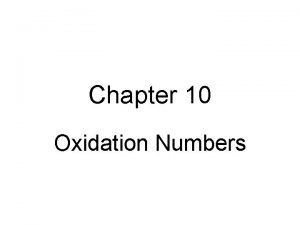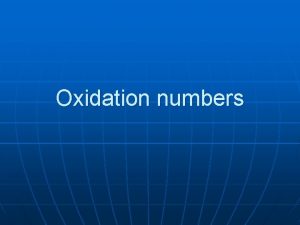Thermal oxidation Growth Rate Initially oxide growth rate












- Slides: 12

Thermal oxidation Growth Rate • Initially, oxide growth rate is constant. • As more oxide is grown, O diffusion through the oxide becomes the growth rate limiting factor. At this stage thickness of the grown oxide becomes proportional to the square root of oxidation time. • The growth rate is also dependent on temperature, and is strongly affected by the presence of water vapor. • Possible thickness of thermal oxides is in the range of few microns.

• The basic structural unit of thermal oxide is a Si atom surrounded tetrahedrally by four oxygen atoms. • The Si-O and O-O internuclear distances are 1. 6 Å and 2. 27 Å, respectively. • Si. O 2 or silica has several crystalline structures (the dominant one is quartz), and an amorphous structure. • Amorphous oxide has a density of ~ 2. 2 gm/cm 3, whereas quartz has a density of ~ 2. 7 gm/cm 3. • Thermally grown oxides are usually amorphous.

ELECTRONIC MATERIALS • To fabricate ICs and MEMS many different kinds of bulk materials and thin films are used. • The bulk materials are predominantly semiconductors. • The most important semiconductor for ICs and MEMS is Si. • Thin films in ICs and MEMS are classified into four groups : Thin films thermal Si. O 2 deposited Si. O 2 dielectrics Poly-Si deposited Si 3 N 4 metals

Dielectric And Polycrystalline Silicon Film Deposition : Low Pressure Chemical Vapor Deposition (LPCVD) • The furnace is similar to thermal oxidation furnace, with the two exceptions : (1) pressure of deposition typically between 100 and 50 m. Torr, and (2) non-uniform temperature over the length of the furnace tube. • The low pressure is to allow surface catalyzed reaction of otherwise highly reactive (in some cases explosive) gases. • The temperature variation is to compensate for depletion of the reactants. • Typical LPCVD parameters are (i) pressure ; 0. 2 to 2. 0 Torr, (ii) gas flow ; 1 to 10 cm/s, and (iii) temperature ; 300 to 900 °C.

CVD of Silicon Dioxide • Low-temperature (300 to 500 °C) deposition : 450 °C Si. H 4 + O 2 Si. O 2 + 2 H 2 The low temperature of the deposition makes it suitable when films must be deposited over a layer of Al. • Intermediate-temperature (500 to 800 °C) deposition : The oxide is formed by decomposing tetraethylorthosilicate (TEOS), Si(OC 2 H 5)4. TEOS decomposes as follows : 700 °C Si(OC 2 H 5)4 Si. O 2 + by-products The high temperature of deposition makes it inappropriate for film deposition on Al, however it is used for depositing insulating films on poly-Si. • High-temperature (900 °C) deposition : Si. Cl 2 H 2 + 2 N 2 O 900 °C Si. O 2 + 2 N 2 + 2 HCl

Properties of Silicon Dioxide

ELECTRONIC MATERIALS • To fabricate ICs and MEMS many different kinds of bulk materials and thin films are used. • The bulk materials are predominantly semiconductors. • The most important semiconductor for ICs and MEMS is Si. • Thin films in ICs and MEMS are classified into four groups : Thin films thermal Si. O 2 deposited Si. O 2 dielectrics Poly-Si deposited Si 3 N 4 metals

CVD of Silicon Nitride • In the LPCVD process, dichlorosilane and ammonia react at reduced pressure to deposit silicon nitride at 700 °C ≤ T ≤ 800 °C : • Good film uniformity, and high wafer throughput (i. e. , number of wafers processed per hour) are advantages of the process. • Silicon nitride deposited by LPCVD is an amorphous dielectric containing up to ~ 8% hydrogen. • The nitride film has a very high tensile stress of approximately 1010 dynes/cm 2 which is ~ 10 times that of silicon dioxide. • The resistivity of the nitride at room temperature is ~ 1016 Wcm, its dielectric constant is 6, and its dielectric strength is 107 V/cm.

Polysilicon Deposition • It is deposited from silane in a low-pressure reactor operated between 600 and 650 °C. • The reaction :

LPCVD Materials, Gases, and Deposition Temperatures • Because of deposition temperature, most metals can not be placed in LPCVD furnaces.

Properties of Selected Electronic Materials

IC AND MEMS PROCESSES
 Base oxides examples
Base oxides examples Define growth analysis
Define growth analysis Dry oxidation vs wet oxidation
Dry oxidation vs wet oxidation Thermal oxidation oven
Thermal oxidation oven Thermal energy section 3 using thermal energy
Thermal energy section 3 using thermal energy Thermal transfer vs direct thermal printing
Thermal transfer vs direct thermal printing Ignition rock
Ignition rock The diagram below represents a 155 newton box on a ramp
The diagram below represents a 155 newton box on a ramp Diffusion mechanisms
Diffusion mechanisms A 300g glass thermometer initially at 25
A 300g glass thermometer initially at 25 The ancient olympic games were initially:
The ancient olympic games were initially: A truck initially at rest rolls down a frictionless hill
A truck initially at rest rolls down a frictionless hill A truck initially at rest rolls down
A truck initially at rest rolls down
